Most Frequently Asked Questions (FAQs) Answered on Dog Food
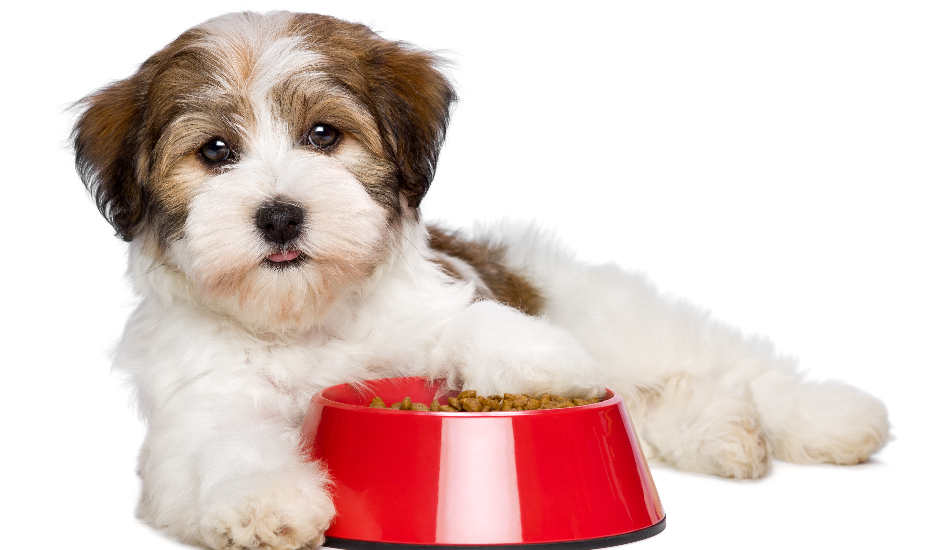
As pet owners, one of the most important aspects of caring for our beloved canine companions is providing them with the right nutrition. With countless options available in the market, it's natural to have questions about dog food and how to make the best choices for our furry friends. This FAQ guide aims to address some of the common questions pet owners have regarding dog food, helping you make informed decisions to ensure your dog's health and happiness.
Most Frequently Asked Questions (FAQs) Answered on Dog Food
When Was Dog Food Invented?
Dog food was invented in the 1860s by James Spratt, an American electrician. Inspired by stray dogs being fed leftover biscuits in England, he created "Spratt's Patent Meat Fibrine Dog Cakes." These dry dog food products combined wheat meals, vegetables, beetroot, and meat. The concept gained popularity, leading to the commercial production of dog food. Over time, dog food has evolved, and today, there's a wide variety of options, including dry kibble, wet canned food, and specialized diets for different dog breeds and health needs. The industry has come a long way since its inception, ensuring better nutrition for our canine companions.
When Does Dog Food Expire?
Dog food expiration dates vary based on the type and brand. Commercially manufactured products display printed expiration or "best by" dates on the packaging. Dry dog food (kibble) generally lasts from 4 months to 1 year after the manufacturing date, while canned dog food has a shorter shelf life, typically lasting 1 to 3 years. Properly storing the food is essential to maintain its quality and nutrition. Once expired, it's best to discard the product and avoid feeding it to your dog for their safety and well-being. Always check the expiration date before purchasing dog food to ensure its freshness.
When Was Dog Food Made?
Dog food was first made in the mid-1800s when James Spratt, an American electrician, invented the first commercially produced dog food in 1860. Observing stray dogs being fed leftover biscuits on the docks during a trip to England, he created "Spratt's Patent Meat Fibrine Dog Cakes." These early dog food products contained wheat meals, vegetables, beetroot, and meat. Since then, dog food has evolved significantly, with various types and formulations available today, providing balanced nutrition for dogs of all breeds and sizes.
Concerns When Switching a Dog Food Brand?
Switching a dog food brand should be done gradually to minimize digestive issues. Rapid changes can lead to upset stomach, diarrhea, or vomiting. To switch, introduce the new food gradually over 7-10 days by mixing increasing proportions with the old one. Monitor your dog's reactions and seek veterinary advice if problems persist. Consider the nutritional needs of your dog and choose a reputable brand with suitable ingredients. Some dogs may have allergies or sensitivities, so watch for adverse reactions. Always ensure the new food meets your dog's dietary requirements and consult a veterinarian for guidance if needed.
When To Give Wet Dog Food?
Wet dog food can be given as part of your dog's regular diet or as a special treat. It is a good option for dogs who have difficulty chewing dry kibble, senior dogs with dental issues, or those with a decreased appetite. Wet food can also be beneficial for dogs who need to increase their water intake. It provides hydration and can be an enticing option for picky eaters. However, it is essential to check the ingredients and nutritional content to ensure it meets your dog's dietary requirements. Always consult with your veterinarian to determine the best diet plan for your furry companion.
What Did Dogs Eat Before Dog Food?
Before the commercial production of dog food, dogs primarily relied on a diet similar to their wolf ancestors. They scavenged and consumed a variety of foods, including small prey, raw meat, bones, fruits, and vegetables. As domestication progressed, dogs also ate leftovers and scraps from human meals. Their diet was more varied and less processed than modern commercial dog food. However, with advancements in pet nutrition, commercial dog food was introduced to provide a convenient and balanced diet for dogs, ensuring they receive the necessary nutrients for optimal health and well-being.
When Should I Give My Dog Food?
Feed your dog on a regular schedule, ideally twice a day – morning and evening. Puppies may require three to four meals daily. Consider your dog's age, size, and activity level when determining portion sizes and timings. Consult your vet for personalized advice. Choose a balanced, nutritious diet and always provide fresh water. A consistent feeding routine supports digestion, behavior, and overall health. The feed type and size differ as per breed and other physical features.
How Long Does Just Food for Dogs Last?
The shelf life of Just Food for Dogs products varies depending on the specific recipe and ingredients. Generally, their fresh, human-grade dog food has a refrigerated shelf life of around 1-2 weeks. However, frozen options can last for several months in the freezer. Always check the product label for the exact expiration or "use by" date and follow storage instructions to ensure the food remains safe and fresh for your dog.
Where Dog Food Is Made?
Dog food is made in various facilities, including manufacturing plants and factories. The location of these facilities can vary depending on the brand and company producing the dog food. Some brands have their manufacturing plants in specific regions or countries, while others may outsource production to different locations. It's important to check the packaging or the brand's website for information about the origin of the dog food to ensure its quality and safety standards.
Where Is Dog Food the Cheapest?
The cost of dog food can vary significantly depending on factors such as brand, quality, ingredients, and location. Generally, you may find dog food to be cheaper in large retail chains, grocery stores, or discount pet supply stores compared to specialty pet boutiques. Online retailers and bulk buying options may also offer more affordable prices. However, keep in mind that the cheapest option might not always be the best in terms of nutritional value. It's essential to strike a balance between cost and providing your dog with a balanced and nutritious diet that meets specific needs. Always check product labels and reviews to ensure you're making a wise and healthy choice for your pet.
Where Are Dog Foods Made?
Dog foods are made in various locations around the world. Many pet food companies have their manufacturing facilities where they produce their products. These facilities can be found in different countries, regions, or states, depending on the company's headquarters and distribution network.
Additionally, some companies may outsource the production of their dog food to third-party manufacturers. These third-party manufacturers can be located in different places, sometimes even in different countries.
As a result, dog foods can be made in a wide range of locations, and it's essential to check the packaging or the brand's website to find information about the specific manufacturing location for the product you are purchasing. Quality control, safety standards, and regulations play a crucial role in ensuring the dog food's safety and nutritional content, regardless of where it is manufactured.
Where to Donate Dog Food Near Me?
To find places near you where you can donate dog food, you can try the following options:
- Local Animal Shelters: Check with your nearby animal shelters or rescue organizations. They often accept donations of dog food to help care for the animals in their care.
- Pet Food Pantries: Some communities have pet food pantries or pet assistance programs that provide food to pet owners in need. Look for such organizations in your area.
- Veterinary Clinics: Some veterinary clinics may collect pet food donations for pet owners facing financial challenges.
- Pet Stores: Inquire at local pet supply stores as some of them may have donation programs to support local shelters or pet rescue groups.
- Online Pet Communities: Check online platforms or social media groups dedicated to pets in your area. They might have information on donation drives or places accepting dog food donations.
- Local Pet Rescue Groups: Reach out to dog rescue groups in your community. They often appreciate food donations to support their rescue efforts.
- Food Banks and Charities: Some food banks and general charities also accept pet food donations to assist families in need.
Before donating, ensure that the dog food is unopened, within the expiration date, and meets the safety standards for pet consumption. Contact the donation location in advance to confirm their specific requirements and to check if they are currently accepting donations.
Where to Store Dog Food?
To store dog food properly and maintain its freshness and nutritional quality, follow these guidelines:
- Sealable Container: Transfer the dog food from its original packaging to a sealable, airtight container. This will prevent exposure to air and moisture, which can lead to spoilage and loss of nutrients.
- Cool and Dry Location: Store the sealed container of dog food in a cool and dry area of your home. Avoid places with direct sunlight, as excessive heat can degrade the food's quality.
- Out of Reach: Keep the dog food container out of your dog's reach, as some dogs may try to get into the food and overeat.
- Clean Environment: Ensure the storage area is clean and free from pests to prevent contamination of the dog food.
- First In, First Out (FIFO): If you buy dog food in bulk, practice the FIFO method, using older bags first before opening newer ones. This helps maintain freshness and avoids the potential spoilage of older food.
- Check Expiration Dates: Always check the expiration or "best by" date on the dog food packaging before purchasing and using it. Avoid buying large quantities if you won't use them before the expiration date.
- Avoid Refrigeration: Dry dog food does not need to be refrigerated. In fact, refrigeration can create condensation inside the container, which may lead to mold growth.
By storing dog food properly, you can ensure it remains safe and nutritious for your furry friend to enjoy. Always monitor the food for any signs of spoilage or insect infestation, and if you notice anything unusual, discard the food immediately and replace it with a fresh batch.
Where Is All the Dog Food From?
Dog food is sourced and produced from various ingredients and locations around the world. The ingredients used in dog food can come from a variety of places, including:
- Meat and Protein Sources: The primary protein sources in dog food often come from animal products such as beef, chicken, lamb, fish, and turkey. These can be sourced from local farms and ranches or imported from other countries.
- Grains and Carbohydrates: Grains like rice, wheat, corn, and oats, along with other carbohydrates, are common ingredients in many dog foods. These can be grown domestically or imported from different regions.
- Fruits and Vegetables: Dog food may contain fruits and vegetables like peas, carrots, sweet potatoes, and apples, which can be sourced from various locations depending on seasonal availability and production.
- Supplements and Additives: Vitamins, minerals, and other nutritional supplements used in dog food are often manufactured by specialized companies and may come from different regions.
- Manufacturing Facilities: The actual production of dog food happens in manufacturing facilities located in various countries. Some pet food companies have their facilities, while others may contract with third-party manufacturers.
It's essential to note that reputable dog food companies prioritize quality control, sourcing ingredients from reliable suppliers to ensure the safety and nutritional value of their products. Always check the packaging for information about the origin and sourcing of the ingredients to make informed choices for your pet's health.
Where Is Royal Canin Dog Food From?
Royal Canin is a popular brand of dog food, and it is manufactured by Royal Canin SAS, a French company. The company was founded in 1967 by Dr. Jean Cathary, a veterinarian, with the aim of providing specialized and breed-specific nutrition for pets. Royal Canin's headquarters is located in Aimargues, France.
While the company's headquarters and main research and development facilities are in France, Royal Canin has a global presence with manufacturing facilities in various countries around the world. These facilities produce Royal Canin's pet food products, and the ingredients used in their formulas may be sourced from different regions to meet specific quality and nutritional standards.
As a prominent international pet food brand, Royal Canin prioritizes research, nutritional expertise, and quality control to develop tailored diets for various breeds, sizes, and life stages of dogs and cats. Their commitment to scientific research and innovation has made them a trusted name in the pet food industry globally.
Where to Buy Dog Food From?
You can buy dog food from various places, both in physical stores and online. Here are some common options:
- Pet Supply Stores: Pet supply stores, such as Petco, PetSmart, and local pet stores, carry a wide selection of dog food brands and formulations.
- Grocery Stores: Many grocery stores have a pet aisle where you can find popular dog food brands.
- Veterinary Clinics: Some veterinary clinics have an on-site store that sells pet food, including prescription diets for dogs with specific health conditions.
- Online Retailers: Websites like Amazon, Chewy, and Petco.com offer a vast array of dog food choices and the convenience of home delivery.
- Farm Supply Stores: In rural areas, farm supply stores may also carry dog food, especially brands catering to working dogs.
- Specialty Pet Boutiques: Boutique pet stores often stock premium and specialized dog food brands.
- Direct from Manufacturer: Some dog food brands have their own online stores where you can purchase their products directly.
When buying dog food, consider your dog's age, size, health requirements, and any dietary sensitivities they may have. Read product labels to ensure the food meets your dog's specific nutritional needs. Additionally, check customer reviews and ratings to get a sense of the food's quality and palatability. Always keep in mind that providing a balanced and nutritious diet is crucial for your dog's overall health and well-being.
To explore the top dog food brands, click here.
Why Dog Food Smells Bad?
There are a few reasons why some dog foods might have an unpleasant or strong odor:
- Ingredients: Dog food contains various ingredients, including meat, fish, and other protein sources. These ingredients can have a natural odor, especially if they are not properly processed or preserved.
- Fat Content: Some dog foods have a higher fat content, which can contribute to a stronger smell. Fats can turn rancid over time, leading to an off-putting odor.
- Preservatives: Some dog foods contain artificial preservatives to extend their shelf life. These preservatives can have a distinct smell.
- Low-Quality Ingredients: Low-quality or spoiled ingredients in dog food can result in a bad smell.
- Moisture: Dog foods with high moisture content, such as wet or canned food, are more prone to developing a stronger odor, especially if left exposed to air.
- Age: As dog food ages, its ingredients may degrade, leading to changes in smell.
It's important to note that not all dog foods have a bad smell. Many reputable brands use high-quality ingredients and effective processing methods to produce food that is palatable, and odor controlled. Proper storage and handling can also help maintain the freshness and quality of the food.
If you notice an unusually strong or foul smell in your dog's food, it's best to check the expiration date, storage conditions, and the food's overall quality. If you have concerns, consider consulting with your veterinarian or trying a different brand or type of dog food that suits your dog's preferences and dietary needs.
Why Is Dog Food Expensive?
Dog food can be expensive due to several factors:
- Quality of Ingredients: High-quality dog foods often use premium ingredients, such as real meat, whole grains, and natural additives. These ingredients can be more expensive than lower-quality alternatives found in cheaper dog foods.
- Research and Development: Some premium dog food brands invest heavily in research and development to create specialized formulas for different breeds, sizes, and health conditions. These costs are reflected in the product's price.
- Nutritional Value: Premium dog foods focus on providing balanced and complete nutrition, which requires careful formulation and testing to meet dietary standards. This attention to nutrition can drive up the cost.
- Manufacturing Process: Certain dog foods may be produced in smaller batches or through specialized processes, which can increase production costs.
- Safety and Quality Assurance: Reputable dog food manufacturers often implement rigorous safety and quality control measures to ensure the food's safety. These processes can add to the overall cost.
- Packaging and Marketing: The cost of packaging and marketing efforts, including advertising and promotions, can contribute to the final price of dog food.
- Natural and Organic Options: Dog foods labelled as natural or organic often come with higher price tags due to the sourcing and production of these ingredients.
- Specialty Diets: Dog foods designed for specific health conditions or sensitivities may be more expensive due to their specialized ingredients and formulation.
While more expensive dog foods tend to offer higher quality and better nutrition, it's essential to find a balance that fits your budget and meets your dog's specific dietary needs. Consulting with your veterinarian can help you choose the right food for your dog's health and well-being. Additionally, remember that investing in good nutrition can lead to potential cost savings on veterinary bills in the long run.
Why Is Dog Food Important?
Dog food is vital for several reasons:
- Nutritional Needs: Dog food is formulated to meet the specific nutritional requirements of dogs. Dogs have different dietary needs than humans and providing them with a balanced diet is essential for their overall health and well-being.
- Supports Growth and Development: Puppies require specific nutrients to support their growth and development. Proper nutrition during the early stages of life sets the foundation for healthy and active adult life.
- Maintains Healthy Body Condition: A well-balanced diet helps dogs maintain healthy body weight, muscle mass, and optimal body condition. It provides them with the energy they need for daily activities.
- Supports Immune System: Proper nutrition strengthens a dog's immune system, making them better equipped to fight off diseases and infections.
- Healthy Skin and Coat: Essential fatty acids and other nutrients in dog food contribute to healthy skin and a shiny coat.
- Digestive Health: Quality dog food is easily digestible, reducing the risk of gastrointestinal issues and promoting a healthy digestive system.
- Dental Health: Some dog foods are designed to promote dental health by reducing tartar buildup and supporting healthy gums.
- Age and Health Requirements: Specialized dog foods are available for different life stages (puppy, adult, senior) and health conditions, catering to specific needs.
- Convenience: Commercial dog food provides a convenient and ready-to-eat option for pet owners, saving time and effort in meal preparation.
- Prevents Malnutrition: Providing dogs with proper nutrition helps prevent malnutrition, which can lead to a host of health problems.
It's important to choose a high-quality dog food that suits your dog's age, size, activity level, and any specific health requirements. Consult with your veterinarian to determine the best diet plan for your furry friend's unique needs and to ensure they stay happy and healthy throughout their life.
Why Is Dog Food Bad?
Dog food can be bad for various reasons, particularly if it falls into the following categories:
- Poor Quality Ingredients: Some dog foods contain low-quality or questionable ingredients, such as fillers, by-products, and artificial additives. These can lead to inadequate nutrition and potential health issues for dogs.
- Artificial Additives: Certain dog foods contain artificial colors, flavors, and preservatives, which may have adverse effects on a dog's health, leading to allergies or sensitivities.
- Imbalance or Deficiency: Dog foods that lack essential nutrients or have an improper balance of nutrients can lead to nutritional deficiencies or excesses, impacting a dog's overall health.
- Contamination: In rare cases, certain dog food products may be contaminated with harmful substances, such as bacteria or toxins, posing health risks to dogs.
- Processing Methods: Some dog foods undergo excessive processing, which can deplete essential nutrients and reduce the food's overall nutritional value.
- Allergens: Certain ingredients commonly found in dog food, such as grains or certain proteins, can trigger allergic reactions in some dogs.
- Feeding in Excess: Overfeeding dog food, regardless of its quality, can lead to obesity and related health issues in dogs.
- Unbalanced Homemade Diets: Homemade diets that are not properly balanced can also be bad for dogs, as they may lack essential nutrients or contain harmful ingredients.
- Product Recalls: In some cases, dog food may be recalled due to contamination or safety concerns, posing risks to dogs if consumed.
To ensure you're feeding your dog a healthy and safe diet, choose reputable dog food brands with transparent ingredient lists and nutritional information. It's essential to consult with your veterinarian to determine the best diet for your dog's specific needs and to monitor their health regularly.
Why Is Dog Food So Expensive?
Dog food can be expensive due to several factors:
- Quality of Ingredients: High-quality dog foods often use premium ingredients, such as real meat, whole grains, and natural additives. These ingredients can be more expensive than lower-quality alternatives found in cheaper dog foods.
- Research and Development: Some premium dog food brands invest heavily in research and development to create specialized formulas for different breeds, sizes, and health conditions. These costs are reflected in the product's price.
- Nutritional Value: Premium dog foods focus on providing balanced and complete nutrition, which requires careful formulation and testing to meet dietary standards. This attention to nutrition can drive up the cost.
- Manufacturing Process: Certain dog foods may be produced in smaller batches or through specialized processes, which can increase production costs.
- Safety and Quality Assurance: Reputable dog food manufacturers often implement rigorous safety and quality control measures to ensure the food's safety. These processes can add to the overall cost.
- Packaging and Marketing: The cost of packaging and marketing efforts, including advertising and promotions, can contribute to the final price of dog food.
- Natural and Organic Options: Dog foods labelled as natural or organic often come with higher price tags due to the sourcing and production of these ingredients.
- Specialty Diets: Dog foods designed for specific health conditions or sensitivities may be more expensive due to their specialized ingredients and formulation.
While more expensive dog foods tend to offer higher quality and better nutrition, it's essential to find a balance that fits your budget and meets your dog's specific dietary needs. Consulting with your veterinarian can help you choose the right food for your dog's health and well-being. Additionally, remember that investing in good nutrition can lead to potential cost savings on veterinary bills in the long run.
Explore the certified best quality dog food here.
Read More: How To Find The Best Quality Pet Food Online?







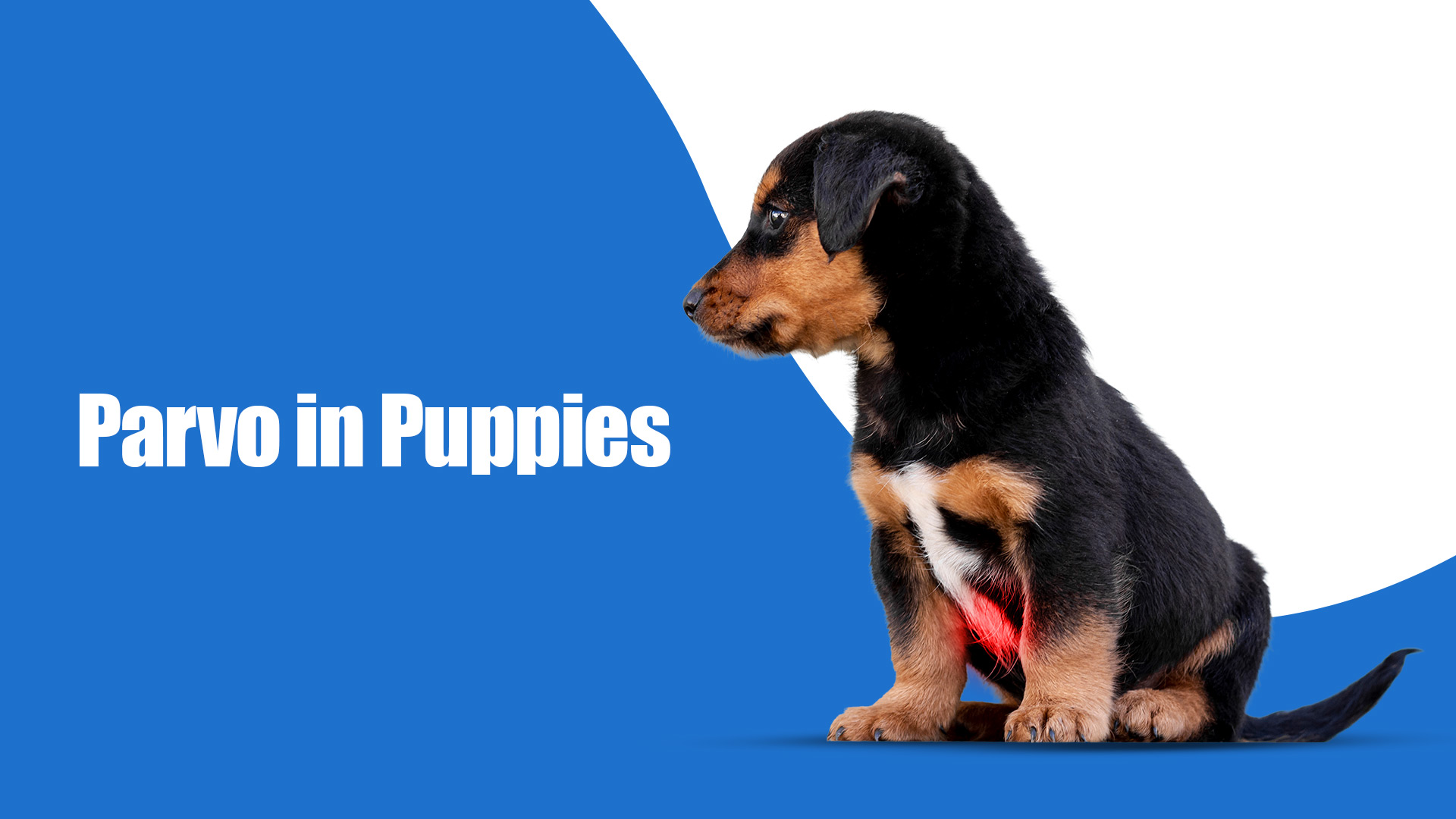
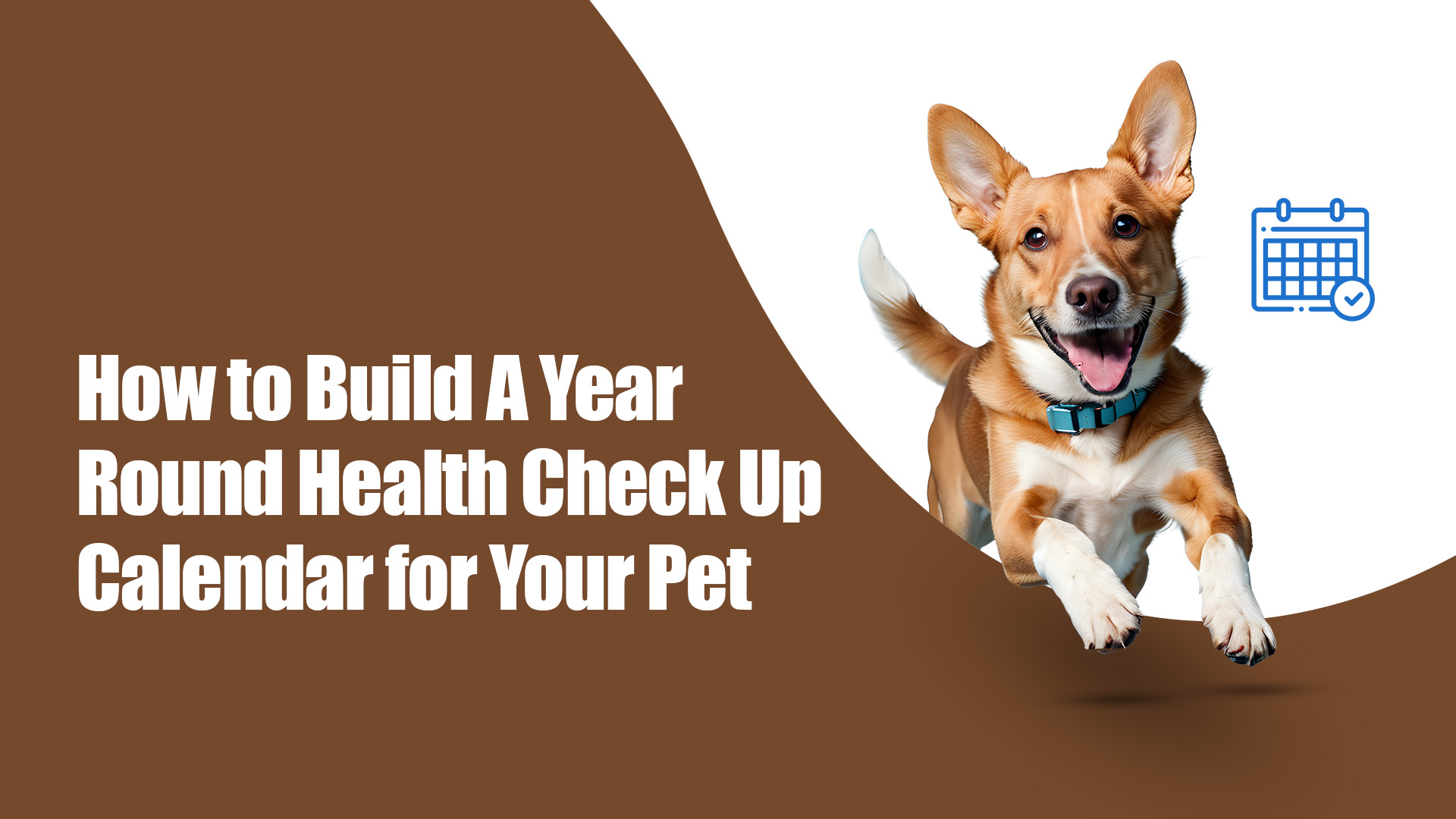
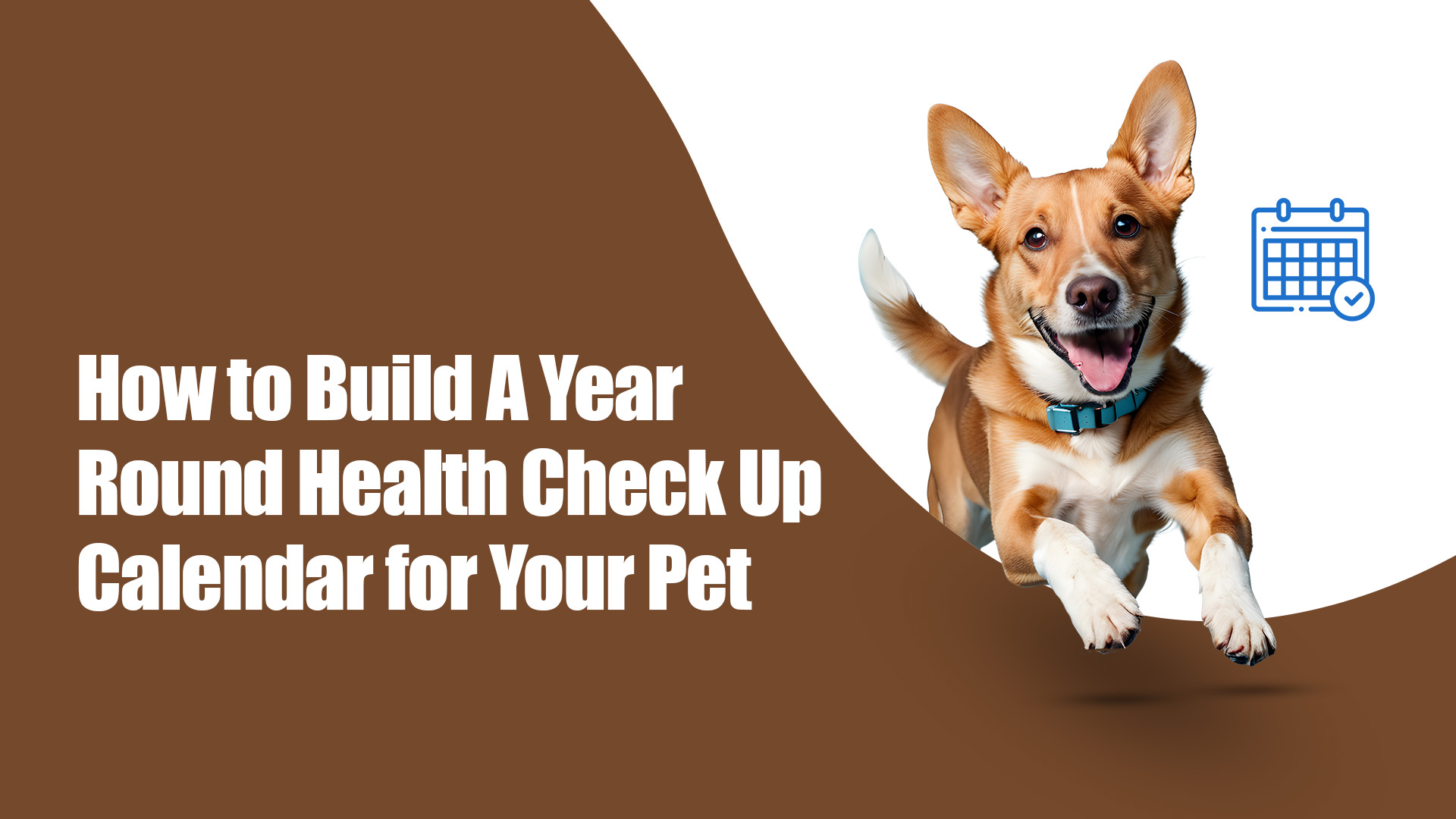





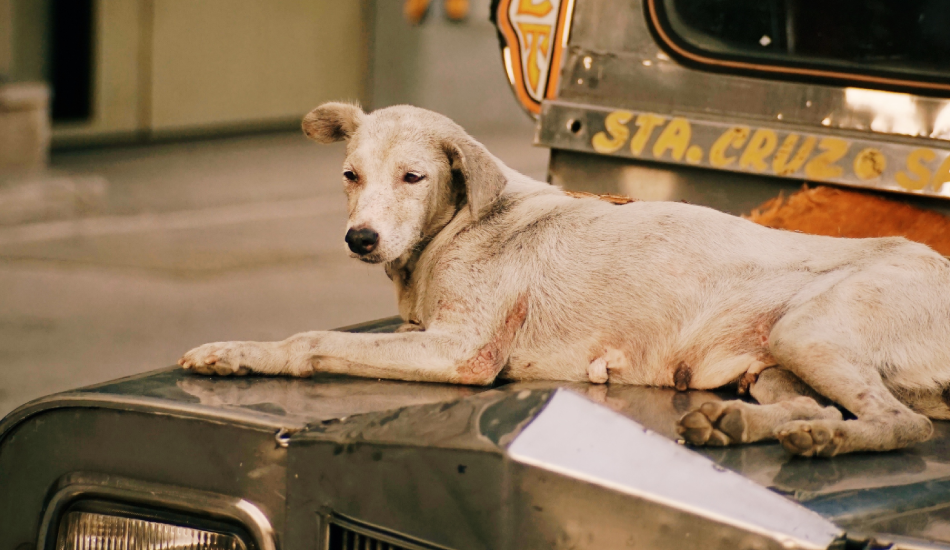

The information below is required for social login
Create New Account